Last updated on December 22, 2023
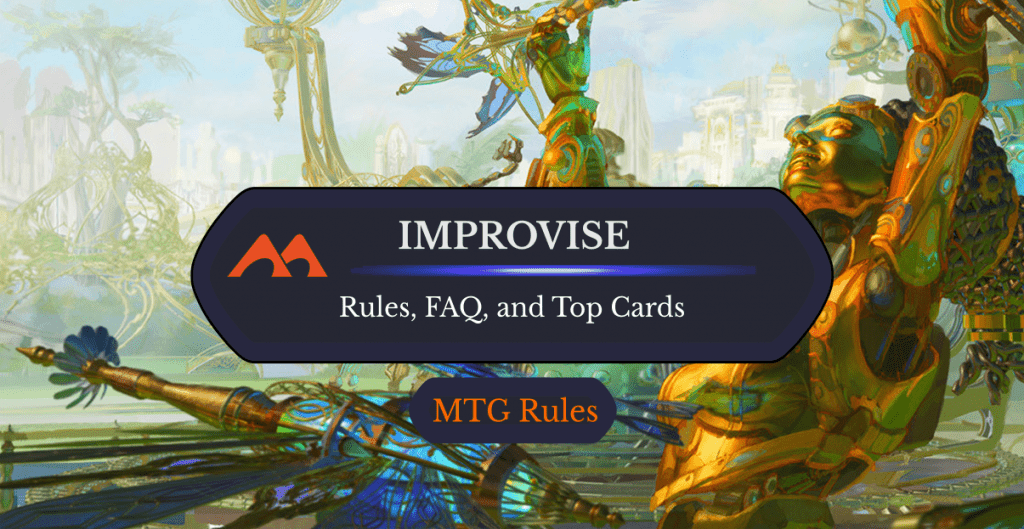
Inspiring Statuary | Illustration by Kirsten Zirngibl
Convoke was one of the most well-known alternate ways to pay for cards in Magic for years. Modern players quickly learned the value of using creatures to fuel your spells thanks to Chord of Calling.
Convoke only counted creatures, but what about other card types that you might have extra copies of? The most common card type you’d expect to have on the battlefield after lands and creatures is artifacts. Now what if you could use those artifacts to help pay for your spells?
Let me introduce you to improvise.
How Does Improvise Work?

Battle at the Bridge | Illustration by Chris Rallis
Improvise allows you to tap artifacts to pay for of the improvise spell’s mana cost. For example, if you have a card with improvise that costs and you tap two artifacts, you only have to pay to finish casting that spell.
The History of Improvise in MTG
Improvise was a major mechanic in Aether Revolt that appeared on Grixis () cards and represented the artificer creature type and their exploits in 2017. We later saw improvise cards in Commander 2018, Double Masters, and Neon Dynasty Commander cards. These new EDH cards expanded the improvise keyword into white.
Improvise was only printed in one Standard set and has a very limited scope since it only exists in Aether Revolt outside of Commander original cards. It’s a relatively small mechanic in terms of the great expanse that is Magic mechanics.
Improvise vs. Affinity for Artifacts
Affinity for artifacts was the basis for improvise, but two abilities differ in how they cast a spell.
Affinity reduces the cost of a spell as a specific action in casting a spell that happens before you pay any mana. A card with affinity that normally costs seven mana would only cost four with three artifacts on the battlefield under your control.
But improvise is just a means to pay the spell’s cost which is the final part of casting a spell. Once the cost additives and reducers are accounted for, you pay mana abilities and use improvise. You can tap untapped artifact creatures instead of lands or mana abilities at that point to pay one generic mana per artifact.
Improvise vs. Convoke
Convoke works very similarly to improvise except noncreatures can improvise while convoke is only on creatures. Convoke can also pay for colored mana. This was a major part of why a card like Chord of Calling saw play despite its restrictive mana cost.
Improvise cards can only pay for a generic or colorless mana. Even if the tapped artifact has a color, improvise still just taps it for colorless.
Is Improvise a Mana Ability?
Improvise is a static ability that lets you tap untapped artifacts to pay a generic mana into the cost of a spell. While it does pay for mana and work well with untap artifact effects, it’s not a mana ability.
Is Improvise an Alternative Cost? A Cost Reduction?
Improvise isn’t an alternative cost or a cost reduction. It’s a static ability that pays one generic mana for each artifact tapped using the ability while casting a spell. It acts as another way to pay mana as opposed to a true alternate cost.
What Is the Mana Value of an Improvised Spell?
An improvised spell’s mana value is what’s printed in the top corner of the card, same as a regular spell. No matter what you pay for the card, the mana value doesn’t change (except for improvised spells with X in their casting cost). Much like delve, what you pay doesn’t affect the card’s attributes.
Can a Colored Artifact Creature Improvise for Colored Mana?
Unlike convoke, improvise only ever produces generic/colorless mana. You can’t improvise for colored mana, no matter the properties of the artifact you tap.
Can You Improvise with Equipment Attached to a Creature?
Yes, you can improvise using an equipment that’s attached to a creature. Tapping a creature that’s equipped doesn’t tap the equipment attached to it, and tapping an equipment doesn’t tap the equipped creature. You can improvise with any untapped equipment since they’re independent permanents.
And if the equipped creature is an artifact creature, you could even tap it and its equipment to pay two generic mana via improvise.
Can You Improvise with an Artifact Creature the Turn it Comes into Play?
Yes, you can tap an artifact creature for improvise on the same turn it came into play since summoning sickness doesn’t affect improvise. The static ability taps the card to pay for a spell but doesn’t require the card to tap of its own volition. Like convoke, improvise itself taps the creature so you can use an artifact to pay for improvise as soon as it hits the battlefield.
Gallery and List of Improvise Cards
- Barricade Breaker
- Bastion Inventor
- Battle at the Bridge
- Enraged Giant
- Fen Hauler
- Foundry Assembler
- Freejam Regent
- Herald of Anguish
- Inspiring Statuary
- Maverick Thopterist
- Metallic Rebuke
- Reverse Engineer
- Saheeli's Directive
- Sly Requisitioner
- Sweatworks Brawler
- Whir of Invention
- Wind-Kin Raiders
Best Improvise Cards
Whir of Invention
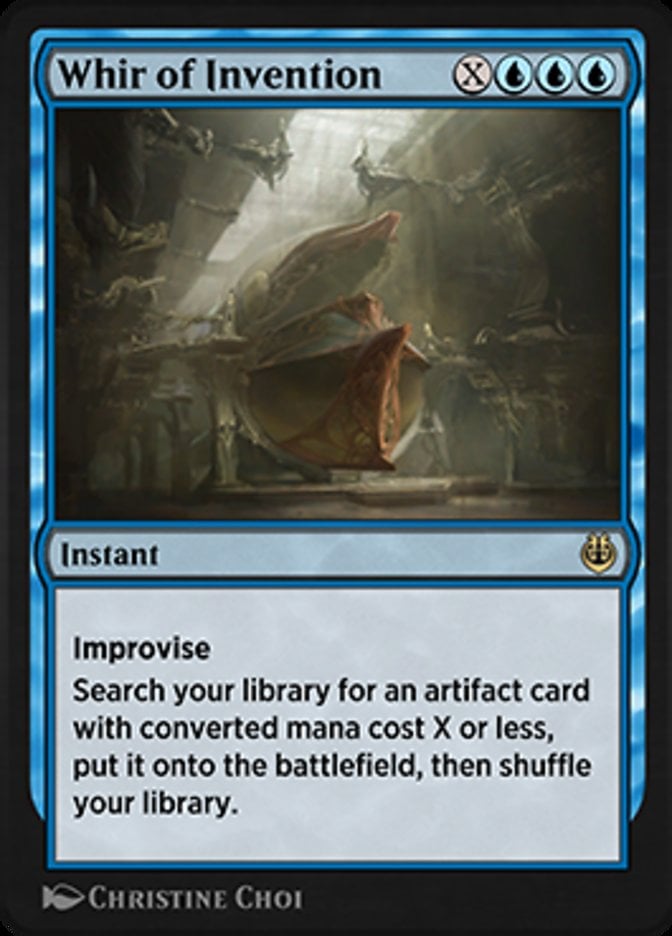
A staple of Lantern Control in Commander, Whir of Invention allows you to find the perfect artifact to deal with whatever your opponent is doing. While it’s since fallen out of favor in Modern it’s still very popular in EDH decks that have mana rocks and high artifact counts.
Inspiring Statuary
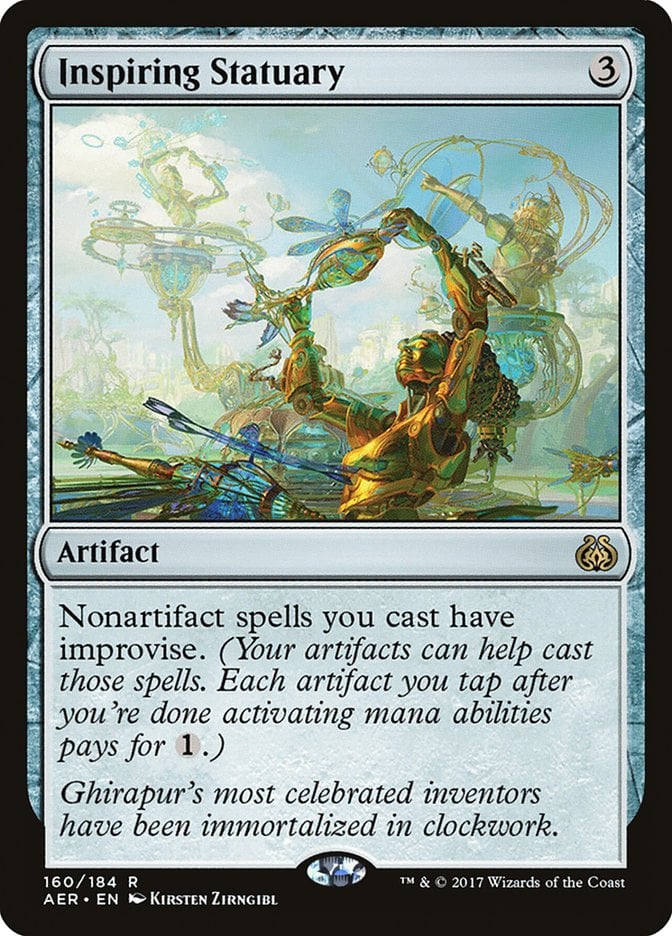
A Standard all-star in Mono-blue Storm, Inspiring Statuary lets you use excess artifacts to power out spells. It can quickly go infinite when casting colorless spells paired with a card like Paradox Engine.
Saheeli's Directive
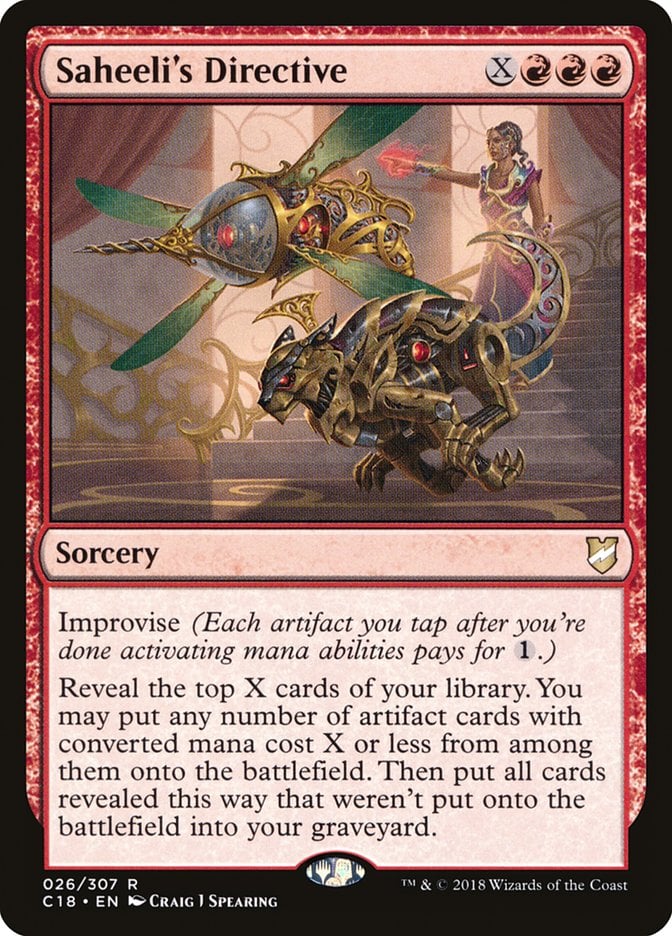
A Commander-specific card, Saheeli's Directive allows you to mass produce artifacts from the top of your library and swarm the board. Given the advantage of using improvise to pay for X like with Whir of Invention, this card can quickly end games where you have plenty of extra artifacts.
Reverse Engineer
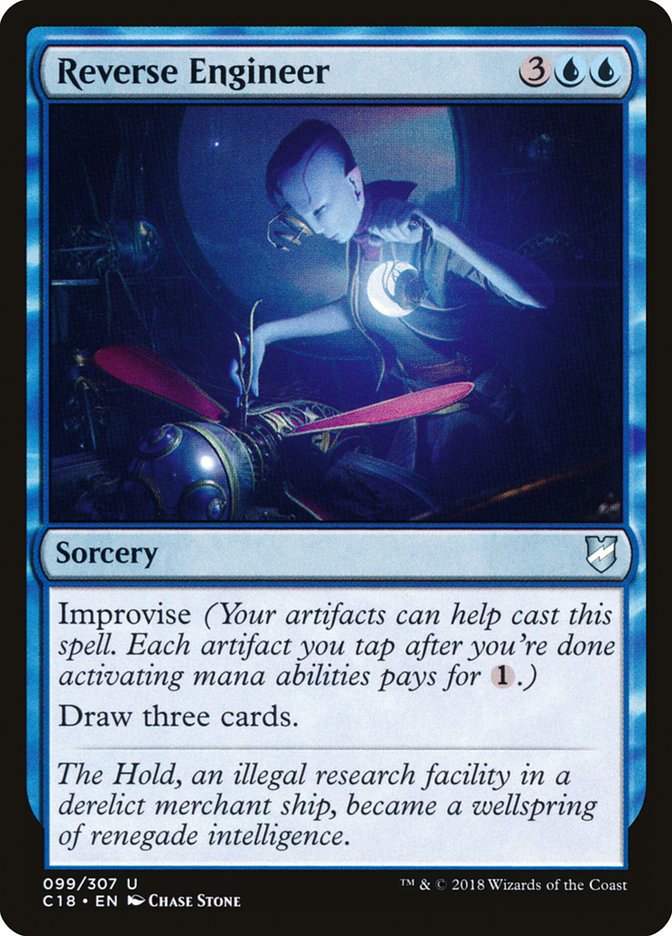
A 5-mana draw 3 is solid and has seen play in various environments. You can use Reverse Engineer to tap artifacts like Blood tokens and turn it into a 2-mana draw 3. While it isn’t quite Ancestral Recall, it’s about as close as you can fairly get.
Herald of Anguish
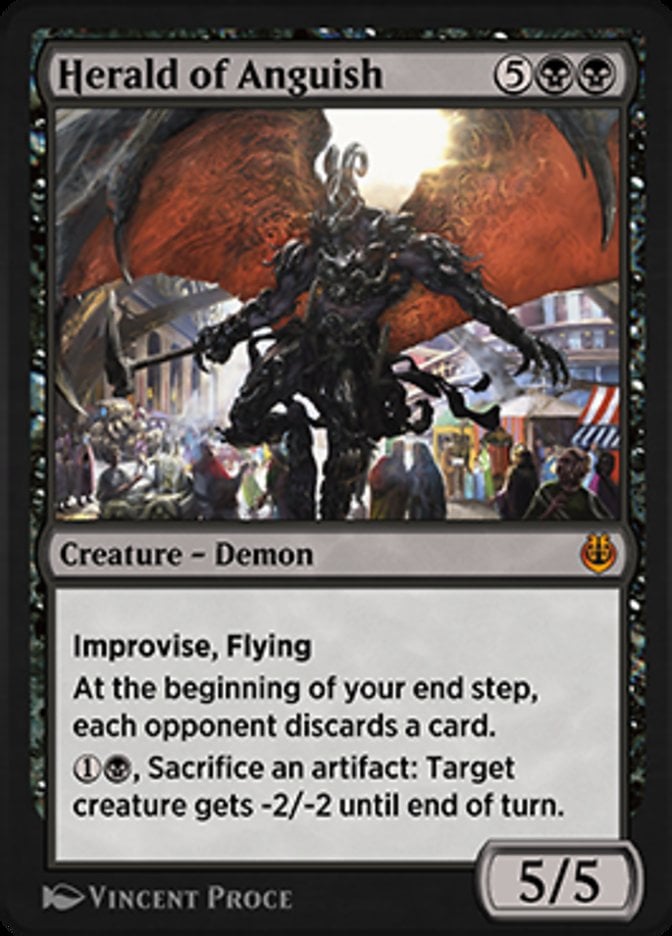
A card whose stock is rising in Pioneer, Herald of Anguish is a big flier that can use artifacts to join the fray much earlier than intended for a 7-mana card. It can also sacrifice those artifacts to kill your opponent’s creatures and picks away at each player’s hand. This card will easily take over most games if it goes unanswered.
Metallic Rebuke
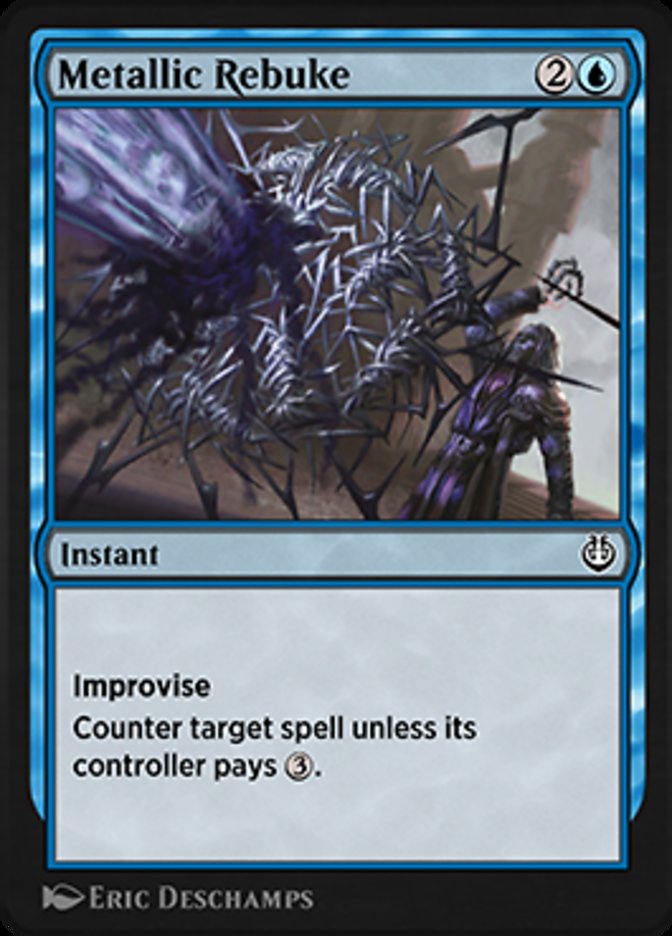
Metallic Rebuke saw endless play during the Urza, Lord High Artificer and Mox Opal times to abuse the early artifact counts of these decks. A tempo counterspell that you can cast for , this card was a somehow-less-restrictive predecessor to things like Mystical Dispute.
Battle at the Bridge
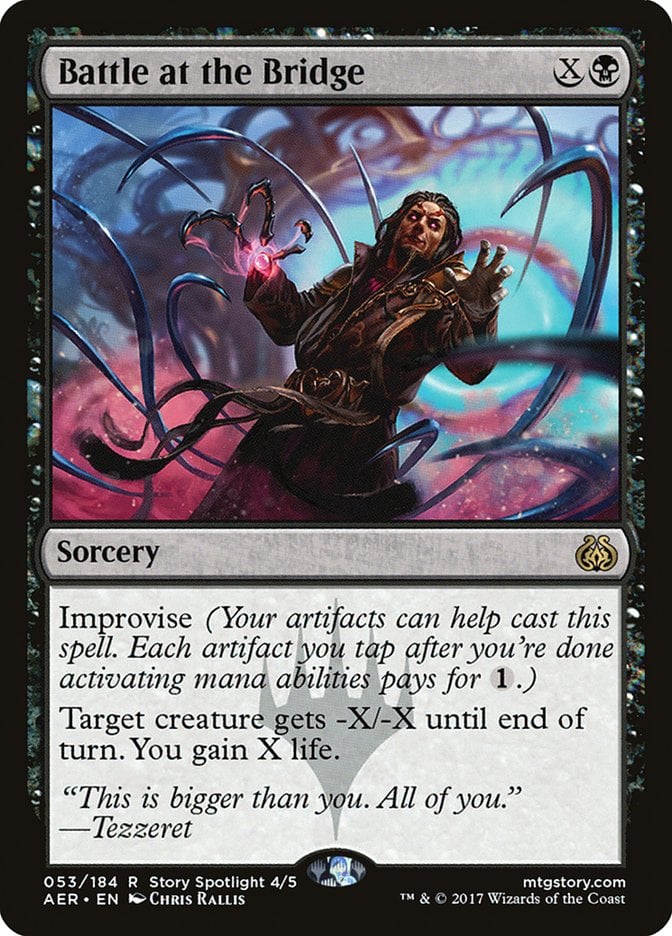
One of the best anti-aggro cards in its Standard. You could kill big creatures (including any with indestructible) while padding your life total without even needing to invest too much mana with Battle at the Bridge as a sideboard card. Levering excess artifacts to increase your cards’ power level with X spells is a big reason why improvise impresses.
Wrap Up

Saheeli's Directive | Illustration by Craig J Spearing
Improvise is a continuation of effects like affinity for artifacts and convoke. While it works differently (especially mechanically) it still evokes the same play patterns that those mechanics created. Improvise is an effect I really enjoy and think it could be pushed further in the future. While we have plenty of excess artifacts in Treasure and Blood tokens, Rakdos () decks could use some of these cards in formats like Pioneer. You have to be careful not to push too far, but I think the improvise cards printed so far have all toed that line really well.
I’d like to see a return to the improvise mechanic in the future, but what do you think? Do you enjoy playing with (or against) improvise? What’s the largest cost you’ve seen paid by tapping artifacts? Let me know in the comments down below or over on the Draftsim Twitter.
Stay safe, and thanks for reading!
Follow Draftsim for awesome articles and set updates:
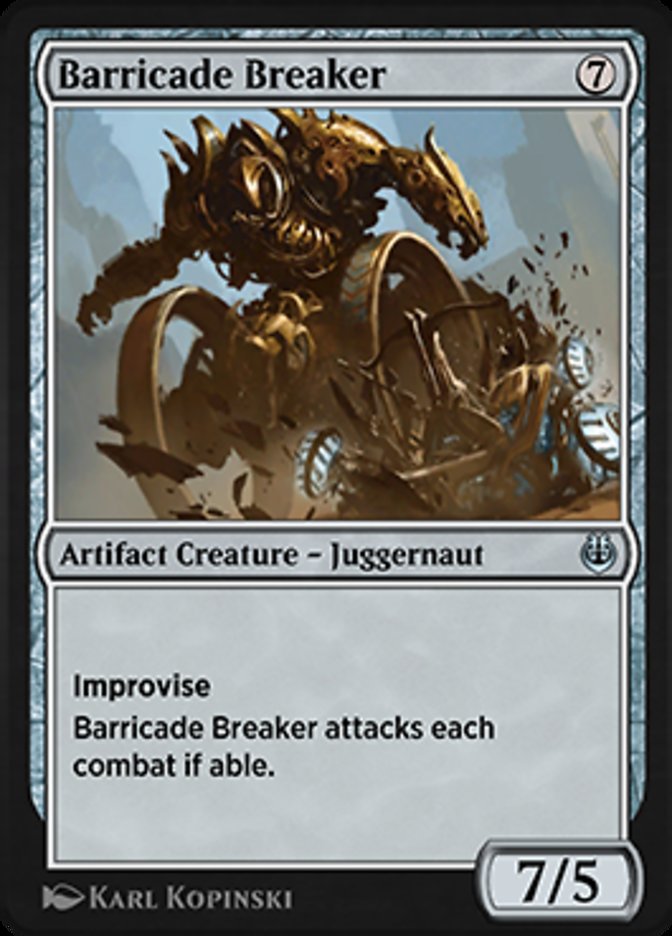

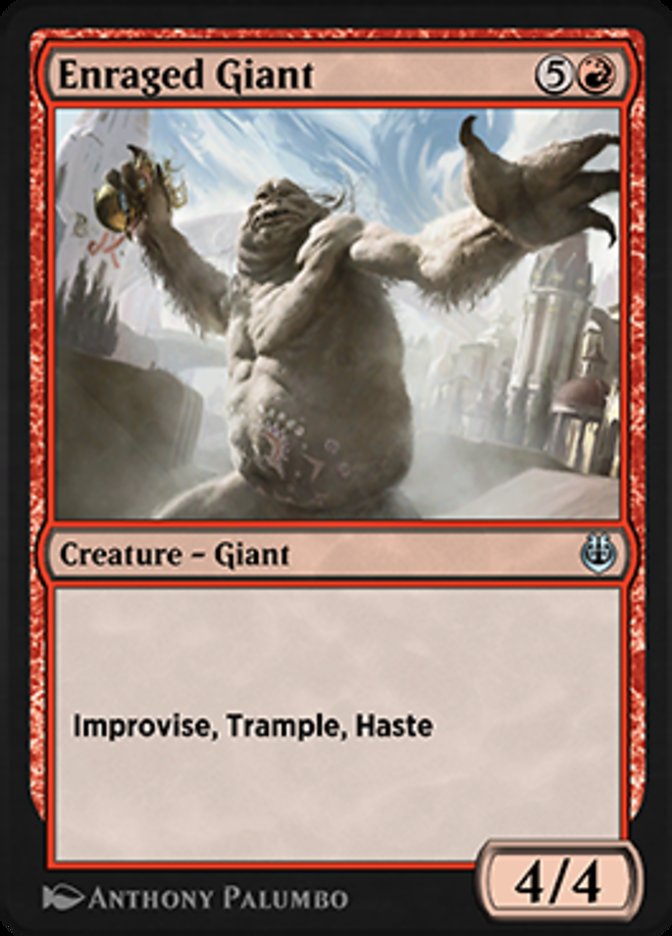
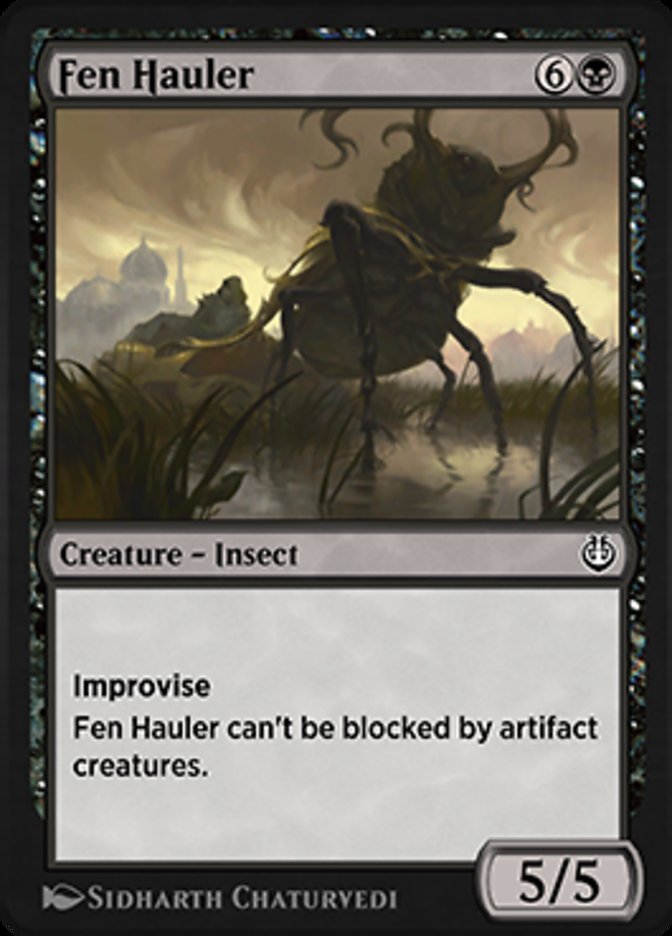
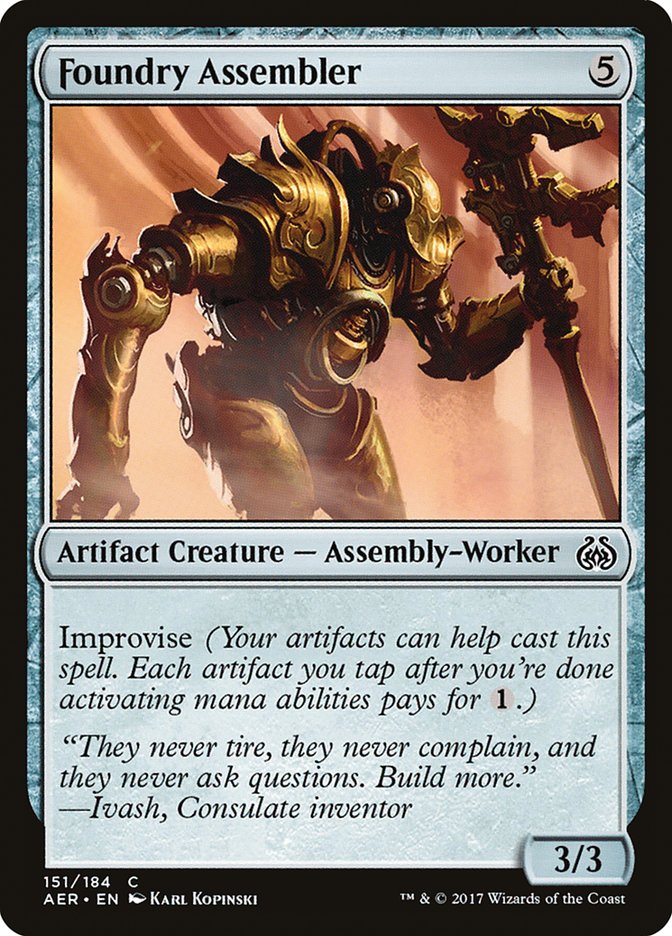
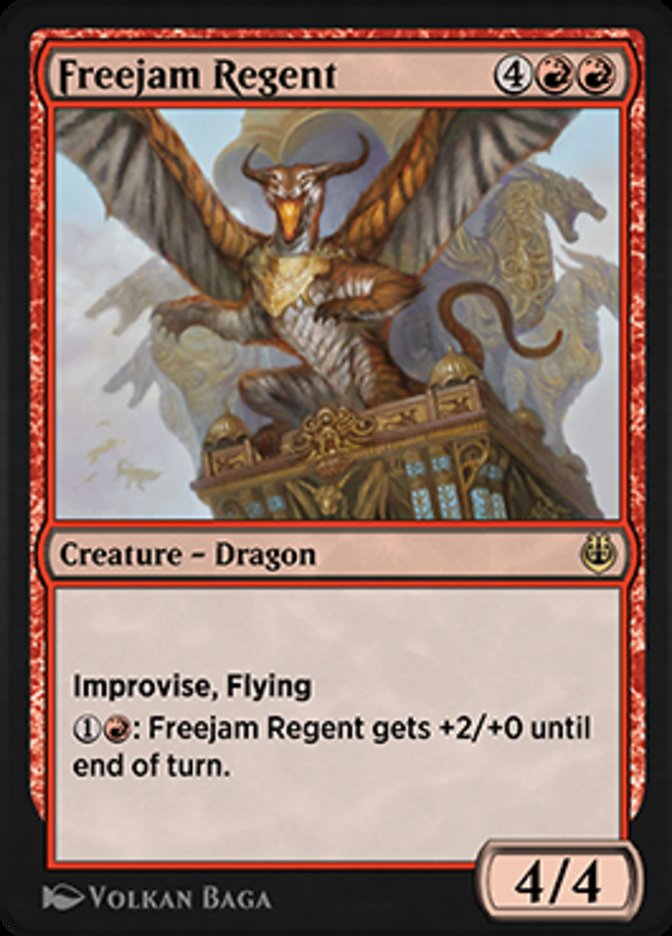

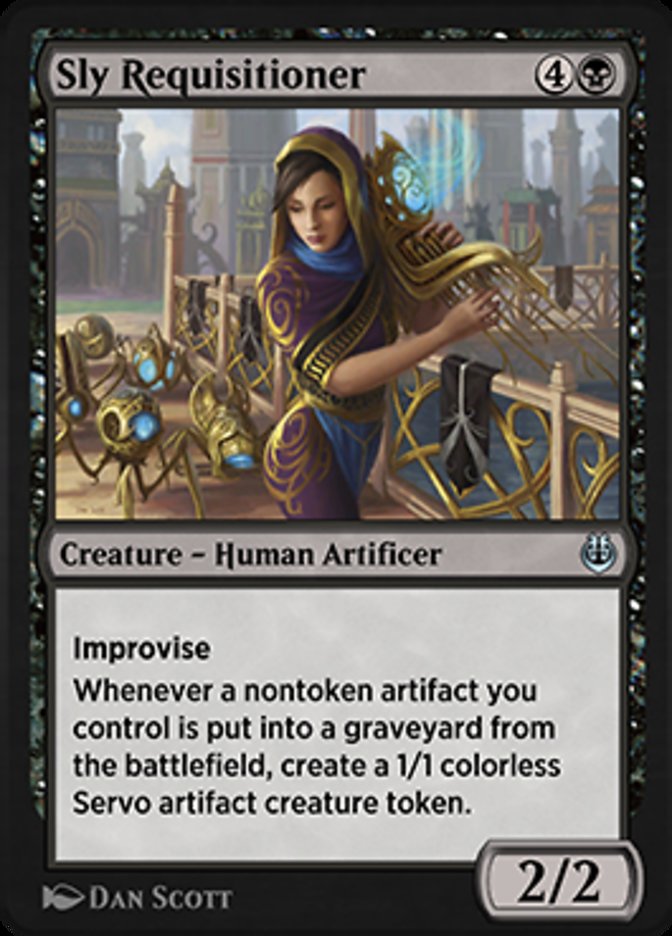
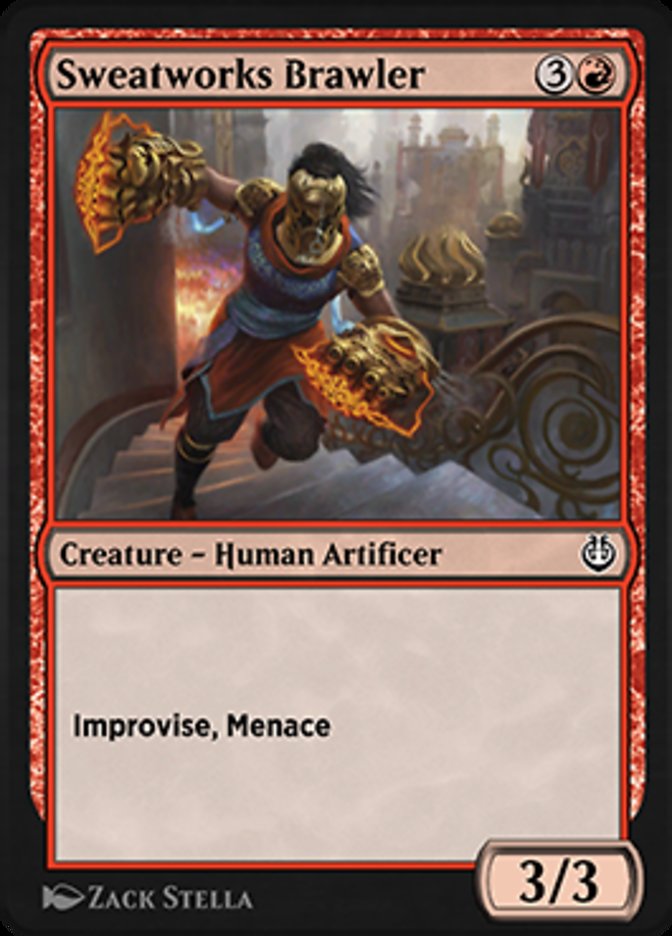
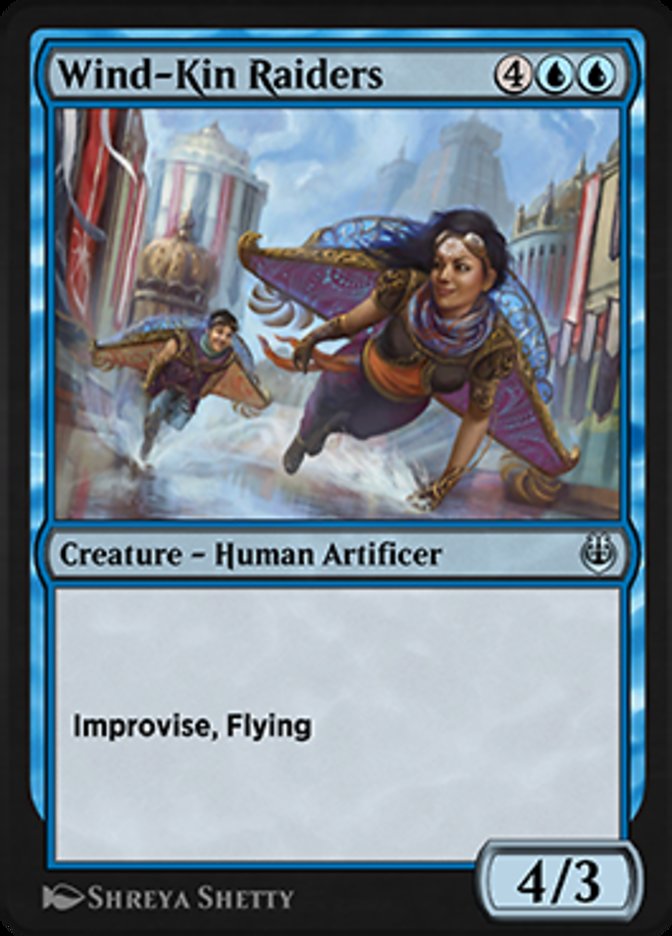

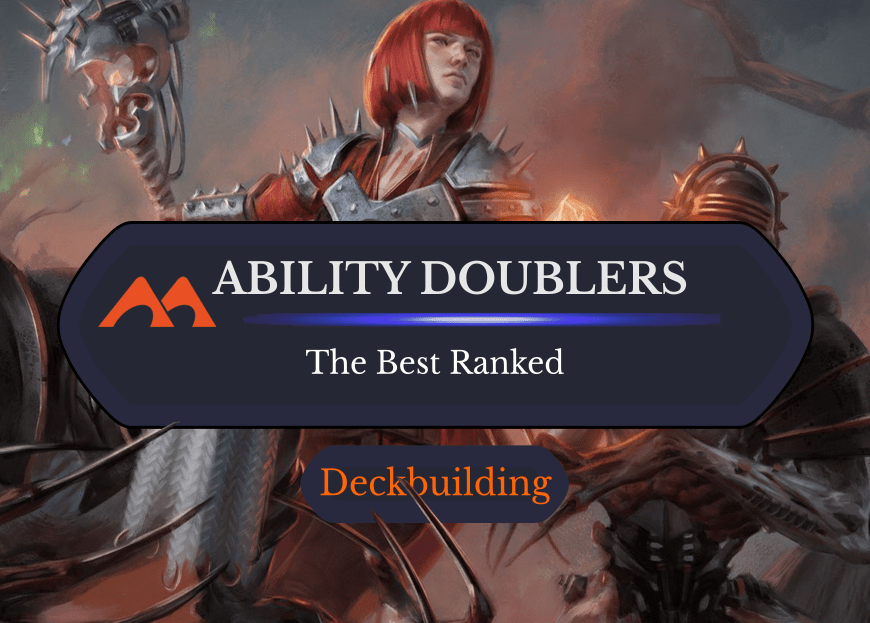
Add Comment